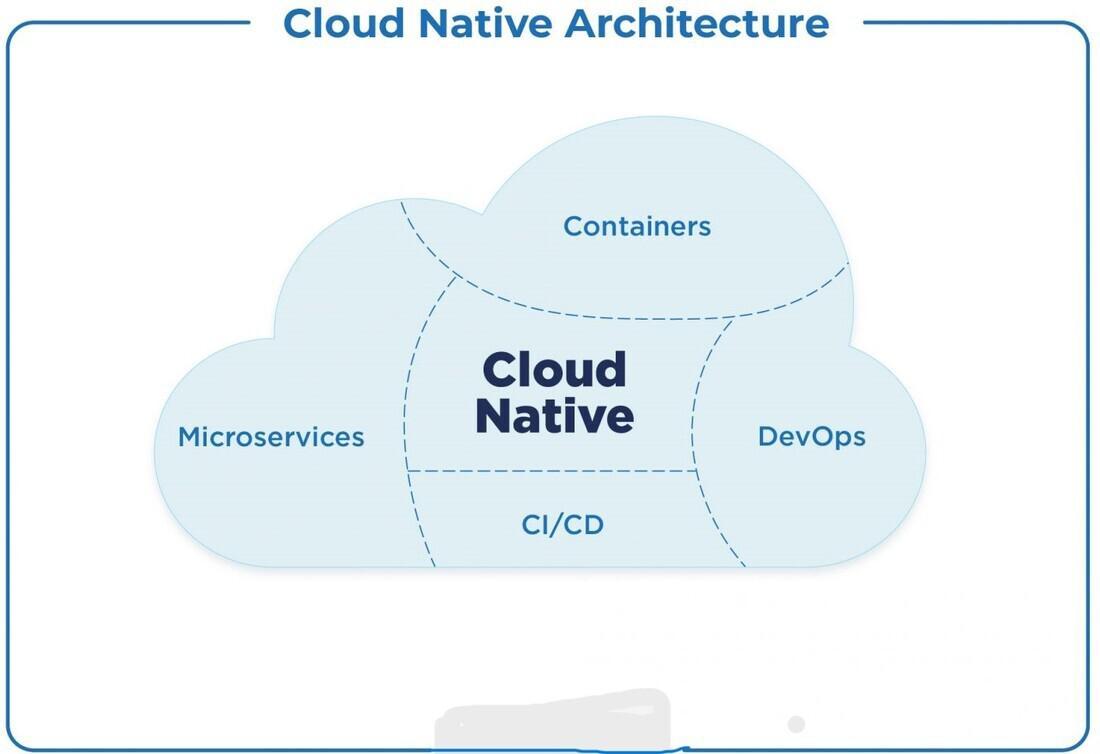
Cloud-native architecture is a set of principles that guide applications to be built with performance and scalability in mind. It also aims to be resilient and flexible. It uses microservices to break apps into more minor autonomous services that are easier to manage. This allows teams to work on one part of the application without impacting other parts.
Scalability
Scalability is an essential feature of cloud-native architectures because they can adapt to changing business requirements. For example, they can scale up infrastructure when the system is busy and decrease it during traffic lulls. This flexibility allows organizations to keep their applications running smoothly, regardless of workload.
Cloud-native architecture uses microservices, small pieces of software that implement a specific business capability. They can be deployed in a container runtime and run in multiple execution environments. The microservices can be accessed via APIs, which provide functionality like authentication, throttling, caching, and versioning.
In addition, the observability capabilities of cloud-native architectures help detect errors in real-time and allow you to fix them quickly. This improves user experience and reduces deployment risks. Moreover, the containers are self-sufficient, so you can move them to different availability regions if one goes down. This gives you more time to resume service to your users without disrupting your customers' workflow.
Agility
The agility capabilities of cloud-native architectures allow developers to test and deploy updates to software applications quickly without disrupting existing systems. This enables businesses to respond quickly to new customer demands and competitors' products while protecting them from reputational damage caused by outages in traditional systems that aren't well-suited for the cloud.
The flexibility of cloud-native architectures is enhanced through microservices, which arrange an application's functionality into independent services that each serve a distinct business capability. These services communicate with one another using event-driven architecture and APIs.
Many medium and large-scale use cases require an application to expose some or all of its business capabilities to external and internal parties outside the scope of the application. This is done by exposing these business capabilities as managed services/APIs, often requiring an API gateway and management plane. These components enable monetization, versioning, caching, and security capabilities.
Distributed Systems
Unlike traditional architecture, cloud native architecture relies on small components that work together to make a more extensive system. These components can run in different environments and be deployed independently of each other without changing the codebase. Each component is easily accessible via REST APIs, which allow heterogeneous systems to integrate seamlessly.
As a result, these systems are highly resilient to failure. They can scale out and handle failures by replacing failed components without disrupting the rest of the application.
These characteristics give teams a competitive advantage when developing applications. In addition to saving money and time during development, the ability to swiftly implement new components safeguards the company's reputation in the event of a system failure.
Portability
The resiliency of cloud native architectures, built on microservices, ensures that applications will continue functioning even if a service fails. Engineers can quickly spin up new microservices and update their code with automated deployment tools. This enables them to develop and test updates in production daily instead of waiting for a monthly release cycle.
Containers allow engineers to package and protect individual microservices in self-contained environments with the resources needed to run. This portability capability helps companies avoid vendor lock-in as they move their infrastructure between different environments.
However, these same containers also make monitoring and getting a continuously accurate picture of resource use harder. This may impact performance, especially in high-load situations. Cloud-native systems often address this challenge by leveraging a service mesh to manage communication between microservices.
Designing for Failure
The observability capabilities of cloud-native architectures provide engineers visibility into the application's state, allowing them to detect errors and troubleshoot problems. This is important because it means the system can keep working even when parts of the infrastructure malfunction.
The microservices that make up a cloud-native architecture are designed to communicate with each other using a variety of patterns. They can also communicate with external entities through managed APIs.
This approach makes it easier to update applications as business needs change. For example, if an engineering team wants to add a feature, they can deploy the new microservice without altering existing code. Additionally, it lowers the possibility of creating bugs or other difficulties with the application during updates and facilitates the tracking of changes. This is especially helpful for complex or large-scale systems.
Automation
A cloud-native application is built to leverage the scalability and resiliency of modern infrastructure. It's designed to be modular, with microservices and serverless functions that are easily deployed as needed. This approach reduces dependencies and allows engineers to update services without recoding the entire application.
It also allows engineering teams to choose the best tools and environment for their use case – avoiding vendor predatory pricing. This freedom of choice also helps them comply with industry regulations, such as GDPR.
The automation capabilities of cloud-native architectures include orchestration and containerization, service discovery via APIs or service meshes, and observability and monitoring tools. With these tools, teams can gain insight into how well their applications function and quickly detect and fix any problems. It's a significant advantage over traditional systems, which often have tight, monolithic dependencies that make it hard to debug or update.
Also read about:
Five Essential Factors to Consider When Choosing Retirement Planning Services
Boost Your IBPS SO Scores with These Proven Mock Test Techniques
Benefits of Buying Back links for Your Websites SEO








